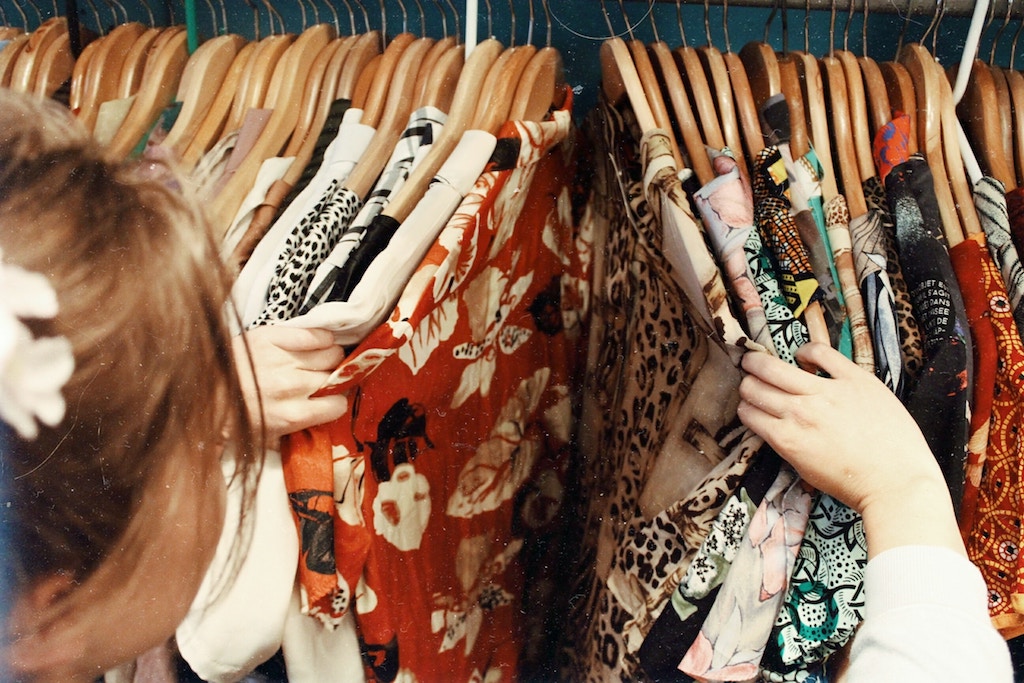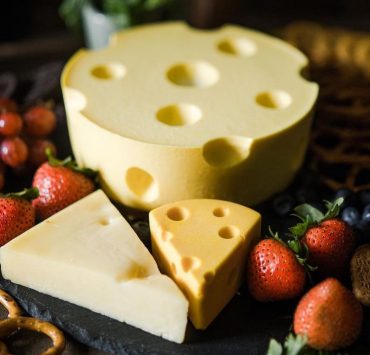What’s “newtro”? We’ll get there, but first some context.
While China may have flexed its soft power in our country for some years now—just ask the President (shhh)—a 21st-century cultural superpower is solidifying its influence here as well: South Korea.
What started as a gradual introduction to its television shows in the early 2000s has become a phenomenon known as Korean pop music (KPop), and gained solid traction with South Korea’s booming TV and movie industry.
Fans are seen wearing face mask as precautionary measure against the spread of novel Coronavirus as they queue for the concert of South Korean boy group ’Seventeen’ at the Mall of Asia Arena in Pasay City on February 8, 2020. 📸 Richard A. Reyes/PDI pic.twitter.com/9LvK8uWQC8
— Inquirer (@inquirerdotnet) February 8, 2020
But here’s one thing most people probably don’t notice: South Korea also influences the way we dress.
Beyond the obvious trickle down effect that Korean superstars impose on its fans—men wearing makeup, the normalization of aesthetic surgery and many other trends—did you know that most of the used clothes (ukay-ukay) being exported to the Philippines come from South Korea?

According to a 2019 report by the Fashion Revolution and the British Council Philippines, 41 percent of used clothing dumped—nay, exported—here in 2017 came from South Korea. Of course, the issue of how these clothes (which are basically and literally “one man’s trash”) were able to evade supposedly strict import protocols is another story altogether. But let’s focus on the impact of this ukay-ukay source and why we are so drawn to Korea’s very specific, very throwback and yet very new way of dressing.
[READ: Legalizing ukay-ukay can help save the planet]First, let’s zero in on this trend called “newtro,” a combination of the words “new” and “retro”.
OK, so what is ‘newtro’?
“[Newtro is] defined by a reinterpretation of vintage and retro design styles,” reads a global trend report published October last year. Zooming in on the trend’s supposed “ground zero,” young Koreans born in the 1980s and 1990s, the report adds that this demographic has “developed a nostalgic attachment to the design styles, leisure activities, fashion and food that were prevalent in the periods when they were born.
“A desire for authenticity, simplicity and nostalgic experiences amongst a younger generation drives the growth of newtro, but the ability to share newtro-inspired experiences via social media has also given the movement a thoroughly modern mood.”
What makes “newtro” a unique Korean phenomenon versus other ephemeral systems is its reverence for its own history through period fashion.

A small group of Korean Studies majors on Medium.com attributes the rise of this trend to three factors:
- Shift in demographic center from people in their 10s to 20s to those in their 30s to 50s due to falling birth rates
- Growth of new media e.g. social media channels where they can reference and share inspiration
- Avoidance of the future and its uncertainties, and nostalgia for a care-free era
Referencing and resurrecting styles have always been inherent in fashion, where trends come and go. But what makes “newtro” a unique Korean phenomenon versus other ephemeral systems is its reverence for its own history through period fashion.
“Young Koreans are adopting a mixture of periods, from the 19th century through the 1970s, ’80s and ’90s, creating a contemporary version of vintage style,” the global report reads. “Costume rental shops are now one of the coolest places to hang out, with young Koreans taking their friends along to try on and photograph themselves in a range of period outfits.”

This might explain the resurgence of modest clothing (with a modern twist!), exaggerated proportions and the use of fabrics otherwise reserved for special occasions in everyday casualwear.
But in some cases, this search for authenticity has also been exploited as a marketing scam.
Misusing the word ‘vintage’
“We keep seeing the term ‘vintage’ misused here sa ’Pinas when identifying vintage-looking dresses but with new hangtags in Korean,” says Glorious Dias founder and vintage collector Jodinand Aguillon.
Aguillon, who used to run the now-defunct physical vintage store along Palma St. in Poblacion, knows his wares. Since moving to the country a couple of years ago, he’s taken to collecting vintage clothing from the closets of previous generations of society ladies and breathing new life into them. He’s made scrunchies, pinafore dresses and even parol with deadstock piña barong, as well as revived near-destroyed rare custom-made designer dresses done by Filipiniana master Pitoy Moreno and Ramon Valera, among others. So this guy knows what he’s talking about.
A frequent shopper at Manila’s and Makati’s famed thrift store destinations, Aguillon can quickly spot well-made real vintage clothes versus factory-made and mass-produced copies masquerading as vintage.
According to Aguillon’s research, vintage is a term colloquially used to refer to old styles of clothing typically made between 20 to 100 years ago based on accepted industry standards. These pieces reflect the style of the era when they were made. Anything beyond 100 years old is considered antique.
His tip to shop real vintage when scavenging in secondhand stores? Look beyond the front and back of the clothing in question. Turn it inside out and check for suspicious seams and/or check the fabric itself. Other times it is easy to distinguish these “fake vintage clothes.” They have tags in them indicating they were only recently made and that the sellers are only trying to pass them off as true vintage.
The upside of ‘newtro’

While newtro may be further fueling a need for new clothes and thus empowering abusive manufacturers to take advantage of low wage-earning garment factory workers, one clear upside of this trend is the appreciation for well-made, pre-loved, well-kept clothes.
As stated in the global study cited earlier, costume shops and thrift stores are becoming second homes for fashion hunters. With this newtro trend, we might just be able to promote a circular economy geared towards reusing and upcycling old clothes.
All you need is a discerning eye to spot thrift store treasures and maybe a pair of scissors—sewing skills optional. Now that’s a trend we’d want to get into.




